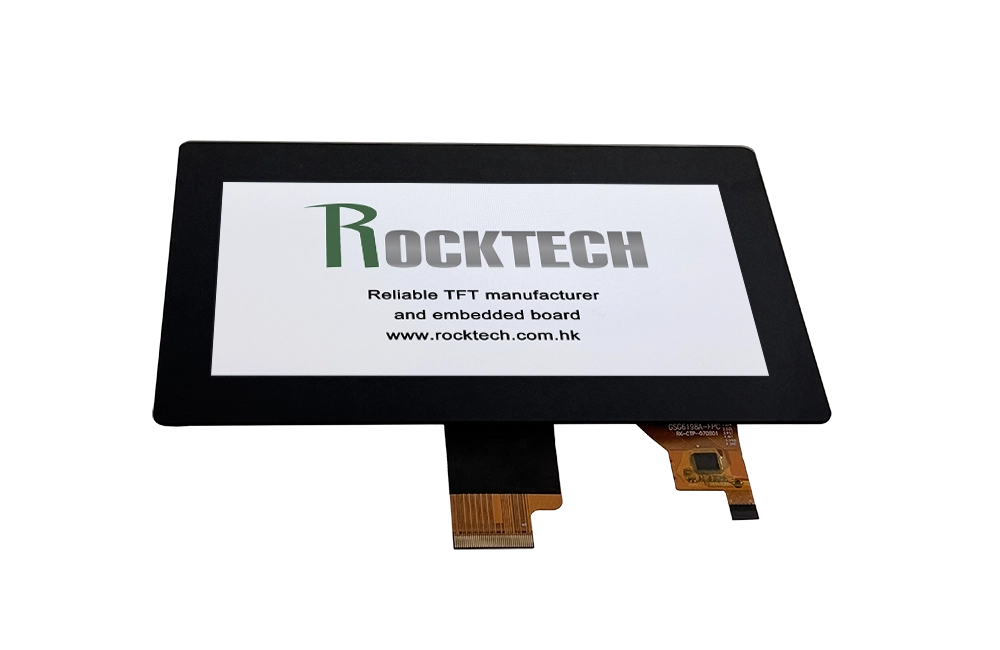Surface treatments applied to the cover glass of TFT LCD modules greatly influence their usability, especially in demanding environments. Choosing the right coating can enhance readability, reduce reflections, and improve durability. This guide introduces the most common types: Anti-Glare (AG), Anti-Reflective (AR), and Anti-Fingerprint (AF).

Anti-Glare treatment is used to diffuse ambient light and reduce surface reflection. Instead of reflecting a sharp image of a light source (like a ceiling light), the AG surface scatters the light to make the screen easier to view.
Anti-Reflective coatings work by applying multiple optical layers to reduce the light that reflects off the surface. Unlike AG, AR does not diffuse light but rather minimizes reflection via interference.
AF coatings apply an oleophobic layer that repels oils and moisture. It keeps the surface cleaner and easier to wipe, improving user experience especially on touch-enabled devices.
The ideal treatment depends on your display environment and target market:
Rocktech provides full support for LCD cover glass treatment, from coating selection to performance verification. Whether for industrial, medical, or consumer-grade applications, we help optimize your display for maximum readability and reliability.